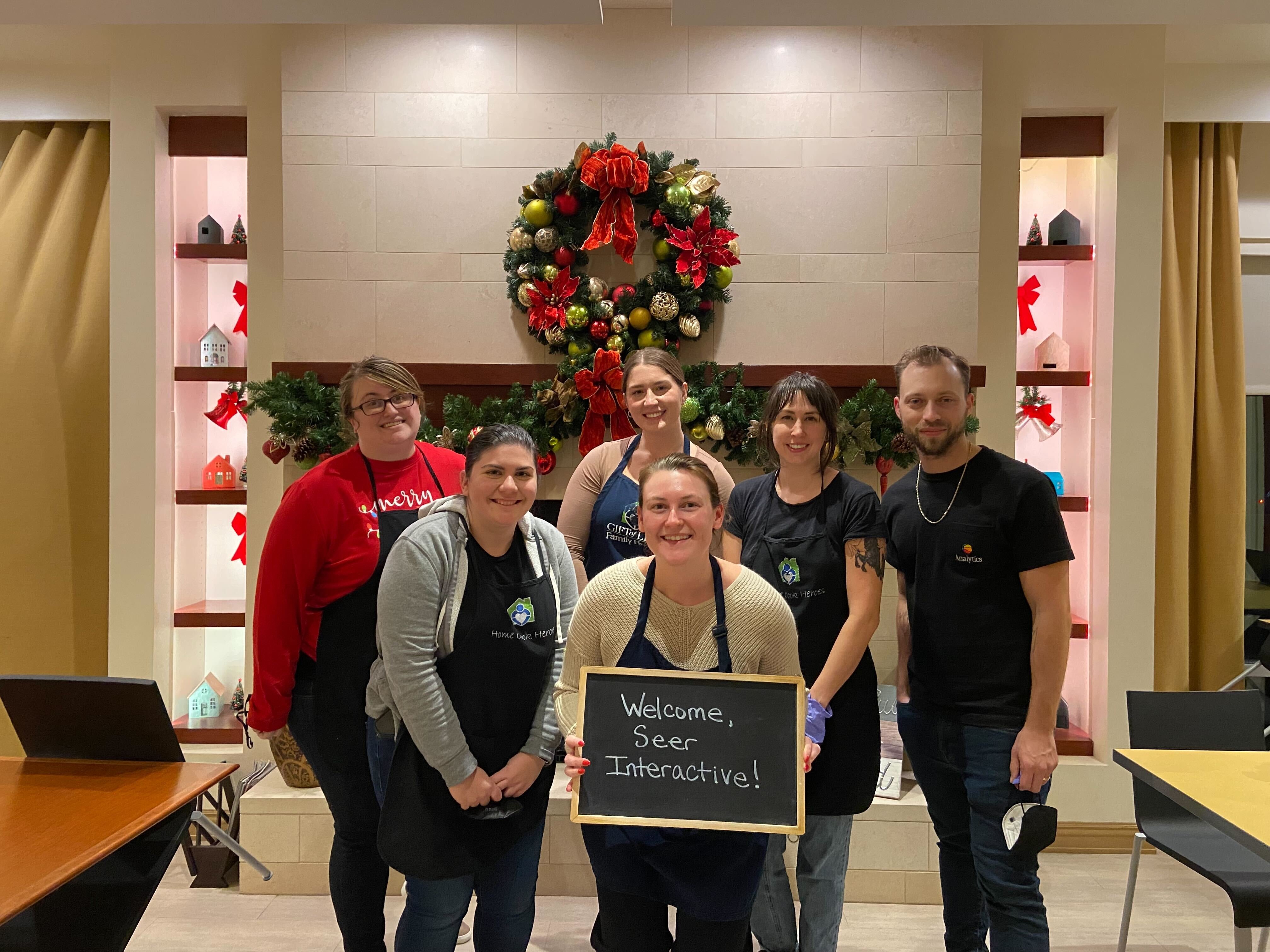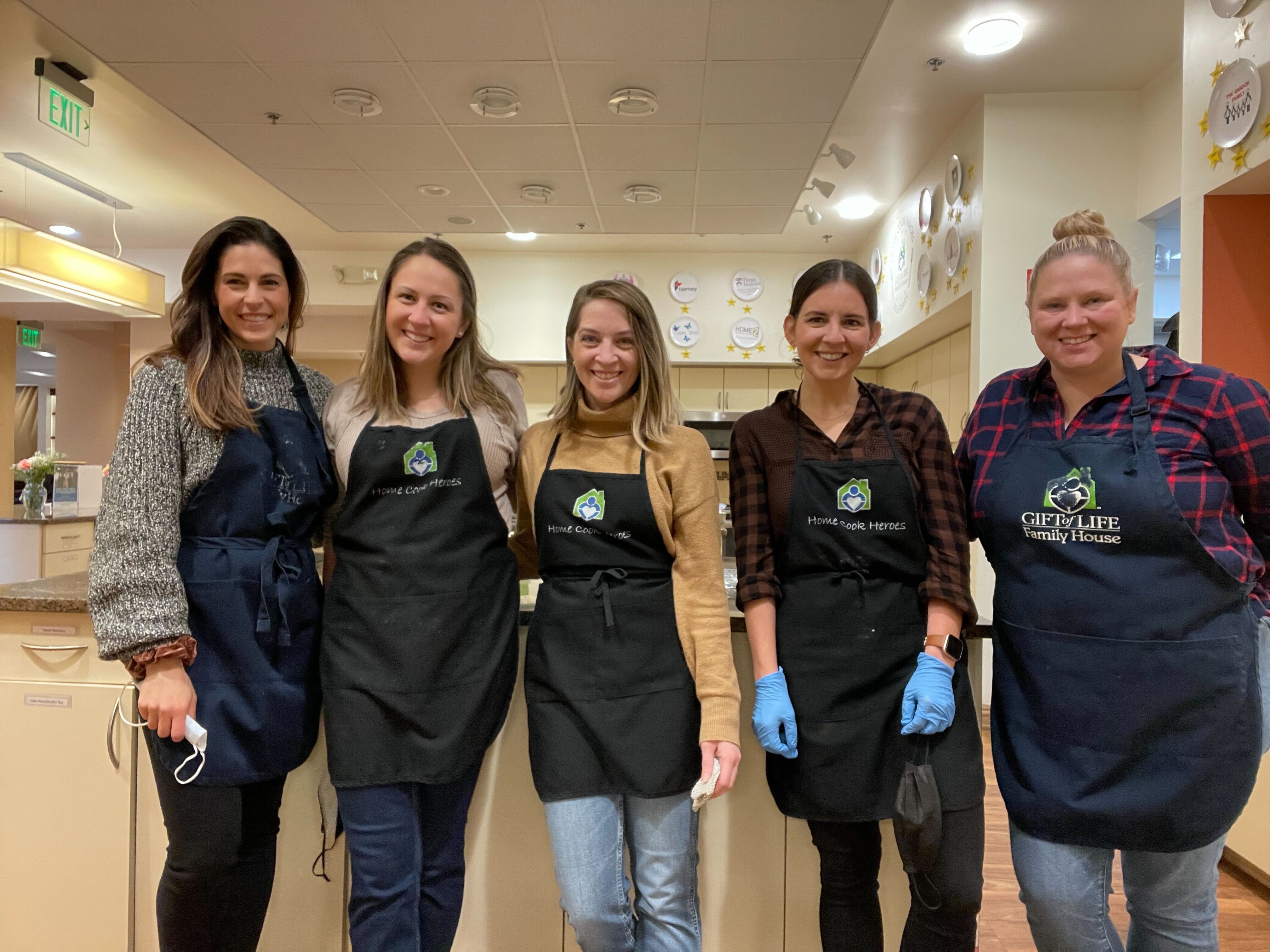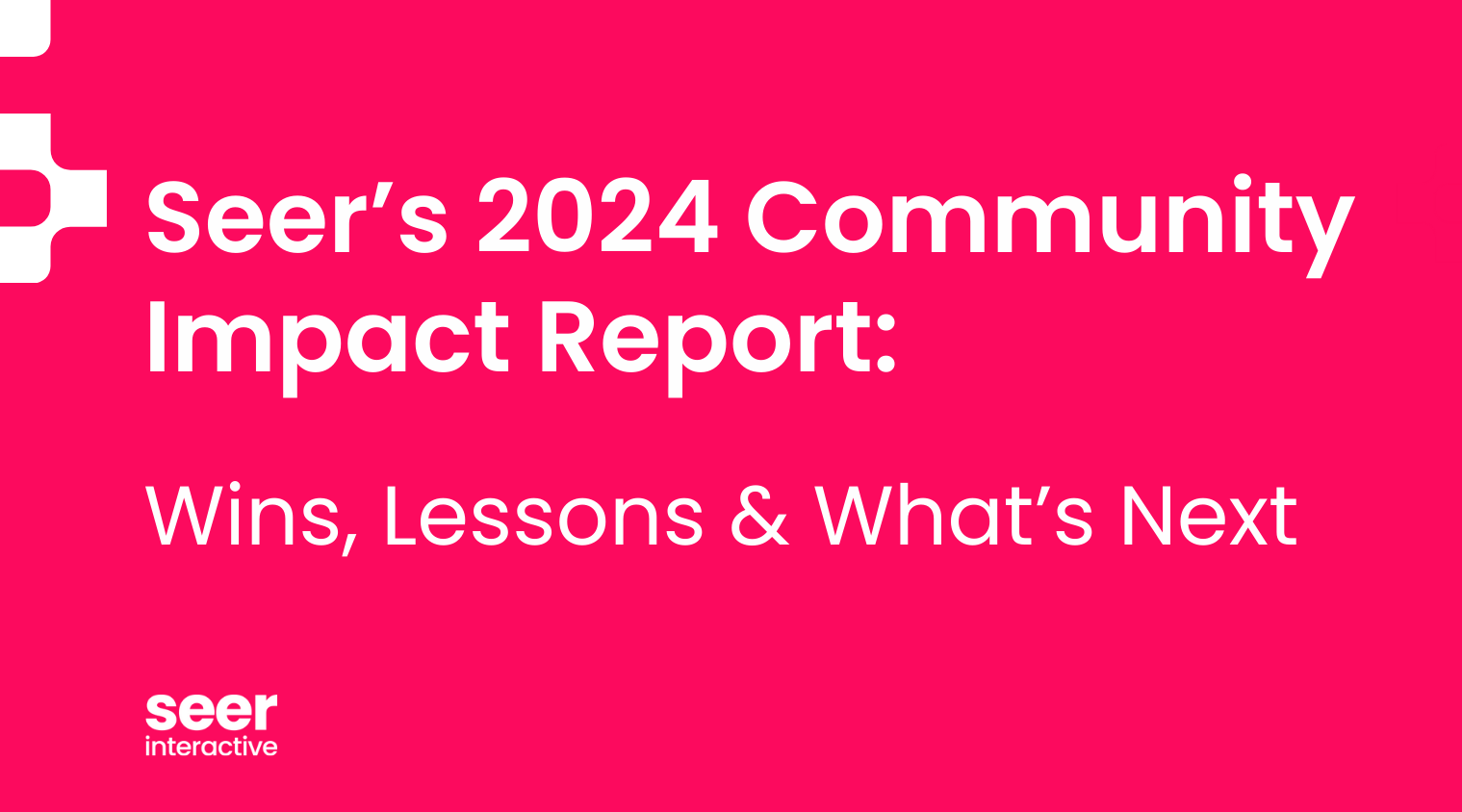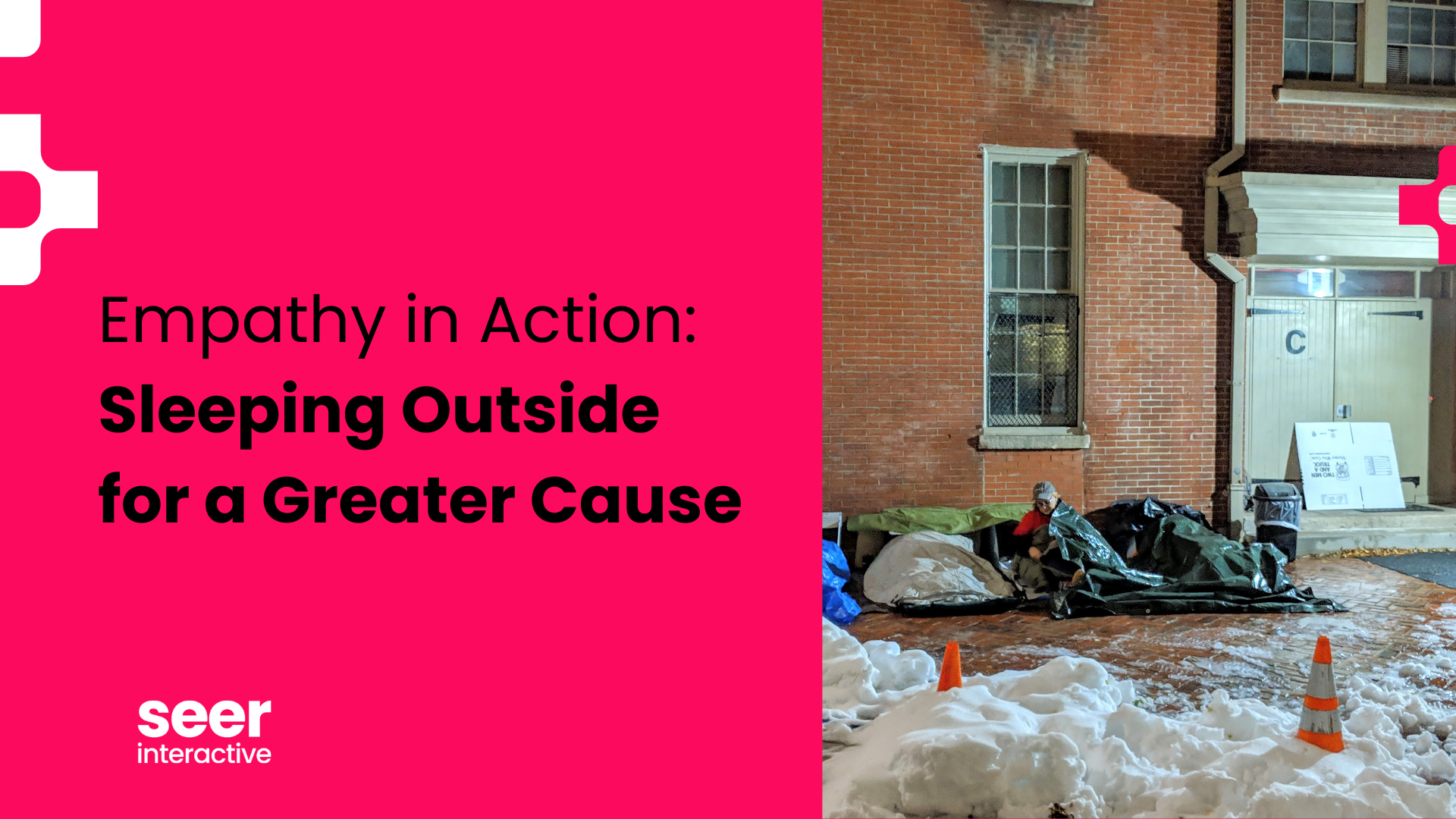It’s no secret that Seer is committed to engaging in our local communities. In December, Seer went public with a big goal: contributing $15 million dollars by 2030. In April, I joined the team as Seer’s first Community Impact Manager. Here are 5 things I’ve learned in my first six months.
Know What’s Important
From the moment I accepted my offer, I knew that I’d be responsible for creating both a volunteer and giving strategy. Seer’s community impact initiatives had never been owned by one person before. Lots of good was happening, but some structure was needed. We needed to determine what the priority was. Was it volunteering? Or giving? A few conversations with key team members quickly gave me my answer. Volunteering is in the fabric of Seer’s identity. The team’s volunteering is encouraged, supported by unlimited PTO and often informs Seer’s philanthropic giving. The answer was clear. We’d start by building out our volunteer program.

Find the Right Tool
It was immediately apparent that we needed some sort of tool to help centralize our volunteer efforts. The team’s volunteer efforts could be broken down into three categories: company-sponsored events, company-sponsored skilled volunteering, and opportunities sourced by individuals. However, there was no repository for this information, and therefore, no data beyond how many volunteer hours we were tracking. Finally, I wanted to be able to easily vet nonprofits by confirming tax status.
Enter Bright Funds. In July, we introduced this tool to our team. Powered by Candid and Volunteer Match, it allows team members to search for volunteer opportunities, share opportunities with others, and sign up for company-sponsored volunteer events. We were already tracking our volunteer time; we now import that information into Bright Funds. With that info in the right tool, it’s easy to retrieve data about the organizations and issues where our team spends time volunteering. As our program grows, and particularly as we build out a giving strategy, we’ll be able to utilize other aspects of this tool.
Decide What “Counts”
Of course, Seer team members are welcome to volunteer in whatever ways they’d like on their own time. However, we needed parameters around what types of volunteer activities were eligible for volunteer PTO and to be tracked as company volunteer hours. We wanted to keep this simple, the goal is to get people engaged in their communities with a low barrier to entry. However, we want to make sure we’re supporting organizations with our company time that align with Seer’s values.
To create these parameters, I scheduled over 60 1:1 meetings with team members, focusing on the extended leadership team as well as individuals who tracked the highest number of volunteer hours in April. These conversations gave me an insight into what was important, not just to the individual, but to the company. From there, it was easy to create some guidelines.
We now ask team members to prioritize volunteering through an organization; whether that’s a registered 501c3 or even a community organization. Organizations cannot be anti-women’s rights or anti-gun control, and any organization that appears on Southern Poverty Law’s hate group list is not eligible. We’ve drawn some lines around political volunteering as well. Team members can not track canvassing for a specific candidate as Seer volunteer hours, but nonpartisan efforts or get out the vote outreach is always eligible. We found this was the best way to align with Seer’s values, without creating unnecessary barriers to participation.
Provide the Opportunities
Next, came the fun part! It was time to schedule some events! Seer’s remote first workforce makes this a unique challenge; there are team members clustered around Philly, San Diego, but then everywhere in between. First, we reached out to community partners on both coasts who were ready to welcome back in-person volunteers. For every in-person event we scheduled, I thought about a way to include a remote team member. For example, in-person meal prep events could be supported by remote team members ordering groceries for delivery online. Next, I looked at cities where we had at least 4 people. Could they gather for an in-person volunteer event? We’ve scheduled two, one in Denver and one in Akron. If they are successful, we’ll repeat them on a regular basis. Since team members do move, we’ll also keep an eye on other cities that may have enough people to support an in-person volunteer event. Finally, we’re finding ways to have ongoing opportunities accessible to anyone at the company regardless of location.
Rally the Team
There’s no arm-twisting needed to get Seer employees to volunteer! When I started in April, the team was already tracking volunteer hours at a record level. The momentum has continued into the fall! For teams or divisions where we’d like to see an increase in volunteer hours, we’re setting small, manageable goals. For example in September, one team only had 7 individuals track volunteer hours. We set a goal to double that in October. We’re also beginning to look critically at the volunteer data we share with the team, to make sure we aren’t telling the same story every month. We want to be able to see how the goals we set affect the data so that we can make the appropriate changes to be the most effective in our programming, and most importantly, in our communities.

Follow along with us as we give back $15 million to the community by 2030. We’ll be blogging to share what we’re learning.



